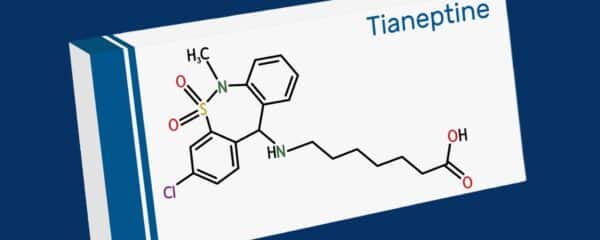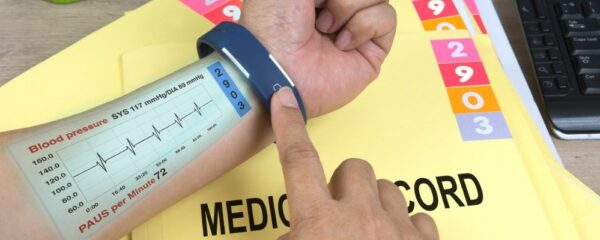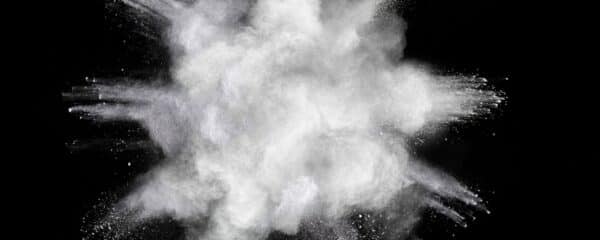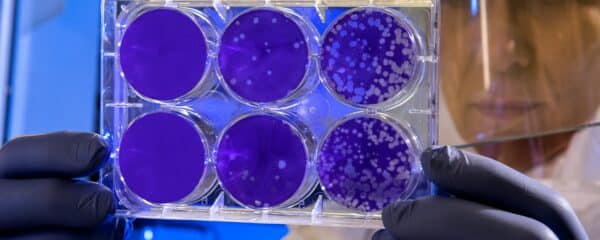Tianeptine, known as “Gas Station Heroin,” Joins the Ranks of Illegal Drugs Harming Americans

As recently as January 23, 2024, the U.S. Food and Drug Administration (“FDA”) reiterated a previous public health advisory to consumers: do not purchase or use any product containing the illegal and potentially dangerous substance tianeptine. Products containing tianeptine are known colloquially as “gas station heroin” because they: (1) are readily available in gas stations, as well as in smoke shops, convenience stores, and even online; and (2) purportedly produce an opioid-like euphoria in users, especially in high doses. Yet, tianeptine, despite its broad availability, is a potentially dangerous substance not FDA-approved for any medical use.
Read More











